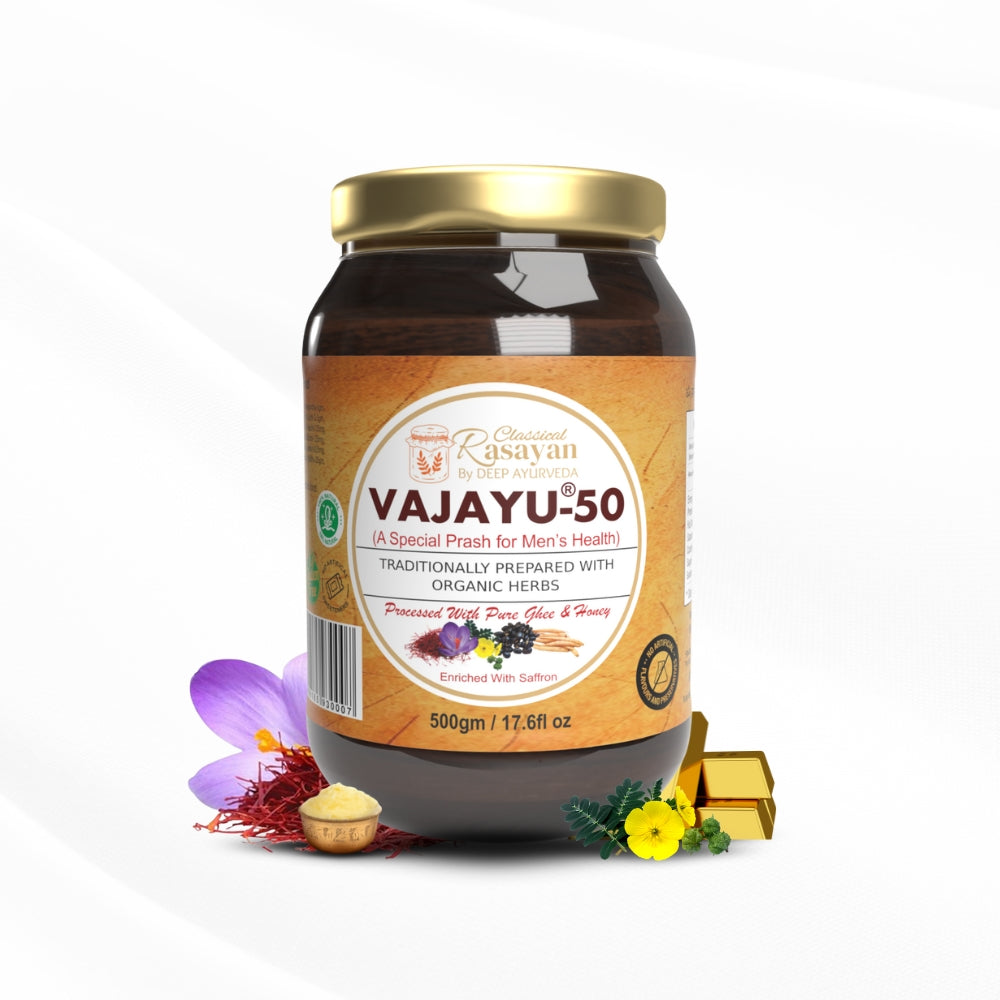High blood pressure, also known as hypertension, is often called the "silent killer" — it usually has no obvious symptoms but can quietly damage your blood vessels, heart, kidneys, and brain over time. Fortunately, one of the most powerful tools to manage and even reverse high blood pressure is your diet. What you eat every day can either raise your pressure or help bring it down to healthier levels.
In this comprehensive guide, we’ll explore what to eat in high blood pressure — foods that are proven by science to support heart health, reduce vascular resistance, and promote better overall well-being.
Why Diet Matters in High Blood Pressure

Before we dive into specific foods, let’s understand the connection between food and blood pressure.
Blood pressure is the force your blood exerts on your artery walls. It rises due to several factors, including:
-
High sodium intake
-
Low potassium and magnesium intake
-
Poor blood vessel function
-
Inflammation
-
Excess body weight
Your diet directly affects all of these. Eating the right foods can:
-
Improve artery flexibility
-
Reduce inflammation
-
Promote weight loss
-
Help the kidneys eliminate excess sodium
-
Boost levels of heart-protective nutrients like potassium, magnesium, and fiber
Let’s now look at what foods should be on your plate if you're dealing with high blood pressure.
1. Leafy Green Vegetables

Leafy greens like spinach, kale, Swiss chard, and arugula are rich in potassium and nitrates — two powerful blood pressure regulators.
-
Potassium helps the kidneys eliminate sodium, lowering blood volume and pressure.
-
Nitrates improve blood vessel dilation and circulation.
How to Eat:
-
Add spinach to smoothies or omelets.
-
Toss kale into salads or soups.
-
Sauté Swiss chard with garlic and olive oil.
2. Berries
Berries, especially blueberries, strawberries, and raspberries, are packed with antioxidants known as anthocyanins. These compounds help reduce arterial stiffness and improve blood flow.
Research suggests that people who eat berries regularly may have lower blood pressure compared to those who don’t.
How to Eat:
-
Top your oatmeal or yogurt with fresh or frozen berries.
-
Blend them into smoothies.
-
Enjoy as a naturally sweet snack.
3. Oats and Whole Grains

Whole grains, especially oats, contain beta-glucan — a type of soluble fiber that can help lower blood pressure and cholesterol.
Other good whole grains include:
-
Brown rice
-
Quinoa
-
Whole wheat
-
Barley
-
Buckwheat
How to Eat:
-
Start your day with a bowl of oatmeal.
-
Use brown rice or quinoa instead of white rice.
-
Try whole grain bread or pasta.
4. Beets
Beets are high in dietary nitrates, which convert into nitric oxide in the body — a compound that relaxes blood vessels and lowers pressure.
Studies have shown that drinking beetroot juice can significantly reduce systolic blood pressure within hours.
How to Eat:
-
Roast or steam beets for salads.
-
Drink fresh beet juice (unsweetened).
-
Add to smoothies for a vibrant color and nutritional boost.
5. Bananas
Bananas are famously rich in potassium, with one medium banana offering around 422 mg.
A potassium-rich diet is crucial to balance sodium levels and ease tension in blood vessel walls.
How to Eat:
-
Add bananas to oatmeal, smoothies, or peanut butter toast.
-
Eat one as a mid-morning or post-workout snack.
6. Fatty Fish
Fatty fish like salmon, sardines, mackerel, and trout are excellent sources of omega-3 fatty acids, which have anti-inflammatory effects and support heart health.
Omega-3s help lower blood pressure by:
-
Reducing inflammation
-
Improving blood vessel function
-
Lowering triglyceride levels
How to Eat:
-
Grill or bake salmon with lemon and herbs.
-
Add canned sardines to salads or whole grain crackers.
-
Eat fatty fish 2–3 times per week.
7. Nuts and Seeds
Nuts (like almonds and walnuts) and seeds (like flaxseeds and chia seeds) are rich in magnesium, potassium, fiber, and healthy fats — all beneficial for lowering blood pressure.
Flaxseeds, in particular, have been shown in studies to reduce systolic and diastolic blood pressure, especially when consumed regularly.
How to Eat:
-
Sprinkle ground flaxseed on yogurt or cereal.
-
Snack on a small handful of unsalted almonds.
-
Add chia seeds to smoothies or puddings.
8. Legumes
Beans, lentils, chickpeas, and peas are packed with fiber, potassium, and protein — all of which help regulate blood pressure and blood sugar levels.
Legumes also help with weight control, which is crucial for blood pressure management.
How to Eat:
-
Make lentil soups or stews.
-
Add black beans to salads or tacos.
-
Try hummus made from chickpeas as a dip.
9. Low-Fat Dairy
Low-fat dairy products like yogurt and skim milk provide calcium and protein — both essential nutrients for heart health.
Some studies show that people who consume more dairy, especially yogurt, have lower rates of hypertension.
How to Eat:
-
Enjoy plain Greek yogurt with fruit.
-
Use low-fat milk in oatmeal or smoothies.
-
Avoid sugary or artificially flavored dairy products.
10. Dark Chocolate (in moderation)
Good news: a little dark chocolate can be heart-healthy!
Dark chocolate contains flavonoids, which help improve blood flow and relax blood vessels. But moderation is key — opt for chocolate with at least 70% cocoa, and keep portions small.
How to Eat:
-
Enjoy a small square as a treat.
-
Add dark cocoa powder (unsweetened) to smoothies or oatmeal.
Foods to Avoid or Limit
While knowing what to eat is essential, it’s equally important to avoid foods that raise blood pressure, such as:
-
Excess sodium: Avoid processed and packaged foods, canned soups, frozen meals, and salty snacks.
-
Sugary foods and drinks: Sugar-sweetened beverages, pastries, and desserts can increase weight and inflammation.
-
Red and processed meats: These are often high in sodium and saturated fats.
-
Alcohol: Limit to 1 drink/day for women and 2 for men — or avoid altogether if sensitive.
-
Caffeine: Some people experience temporary spikes in blood pressure. Monitor your response.
Tips for a Blood Pressure-Friendly Eating Pattern

-
Follow the DASH diet: The Dietary Approaches to Stop Hypertension (DASH) diet is a research-backed eating plan rich in fruits, vegetables, whole grains, and low-fat dairy, with reduced sodium intake.
-
Cook at home more often: This allows better control of sodium and fat.
-
Read labels: Choose foods with <140 mg of sodium per serving.
-
Hydrate well: Water supports kidney function and helps regulate pressure.
-
Practice portion control: Avoid overeating, even healthy foods, to maintain a healthy weight.
Final Thoughts
Managing high blood pressure doesn’t mean giving up flavor or variety — it means making smarter food choices that support your heart, kidneys, and blood vessels. A diet rich in fruits, vegetables, whole grains, lean proteins, and healthy fats can make a measurable difference in your blood pressure — often within weeks.
Remember, food is not just fuel — it's medicine. The right choices today can protect your heart for years to come.







